Cryptids are mysterious creatures whose existence remains unproven by science. From the depths of the oceans to the dense forests, these elusive beings have captured the imagination of people worldwide. Join us as we explore 15 fascinating cryptids from around the globe.
1. Bigfoot (North America)
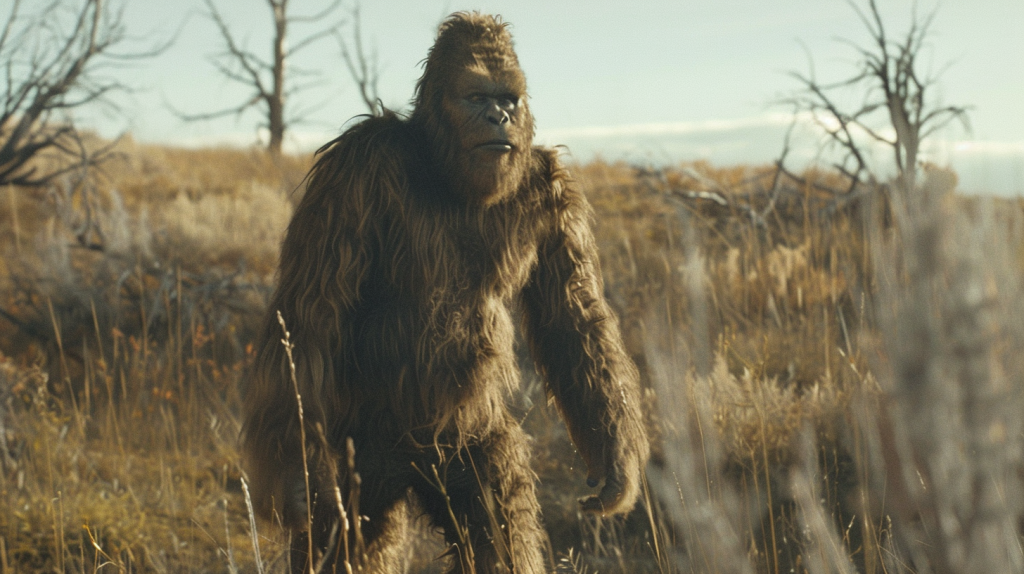
Bigfoot, also known as Sasquatch, is a large, ape-like creature said to roam the forests of North America. Eyewitnesses describe Bigfoot as standing 6-10 feet tall, with a muscular build and shaggy, dark hair covering its body. Despite numerous alleged sightings and footprint casts, conclusive evidence of Bigfoot’s existence remains elusive.
2. Loch Ness Monster (Scotland)
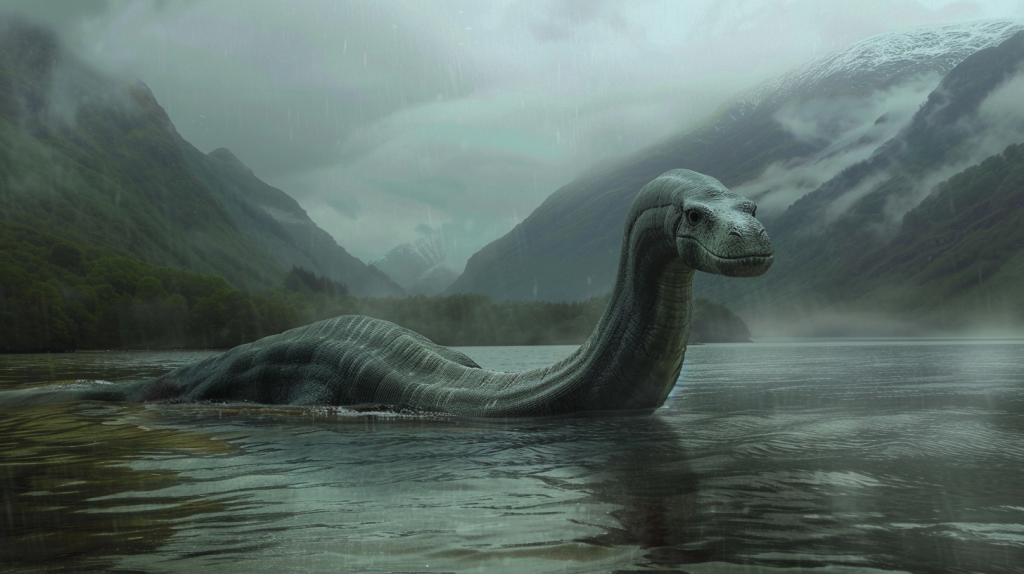
Affectionately known as “Nessie,” the Loch Ness Monster is a serpentine creature believed to inhabit the deep waters of Loch Ness in the Scottish Highlands. Descriptions of the creature vary, but most accounts mention a long neck, humps on its back, and a large body. While some believe Nessie to be a surviving plesiosaur, skeptics argue that the sightings are misidentifications of known animals or hoaxes.
3. Chupacabra (Latin America)
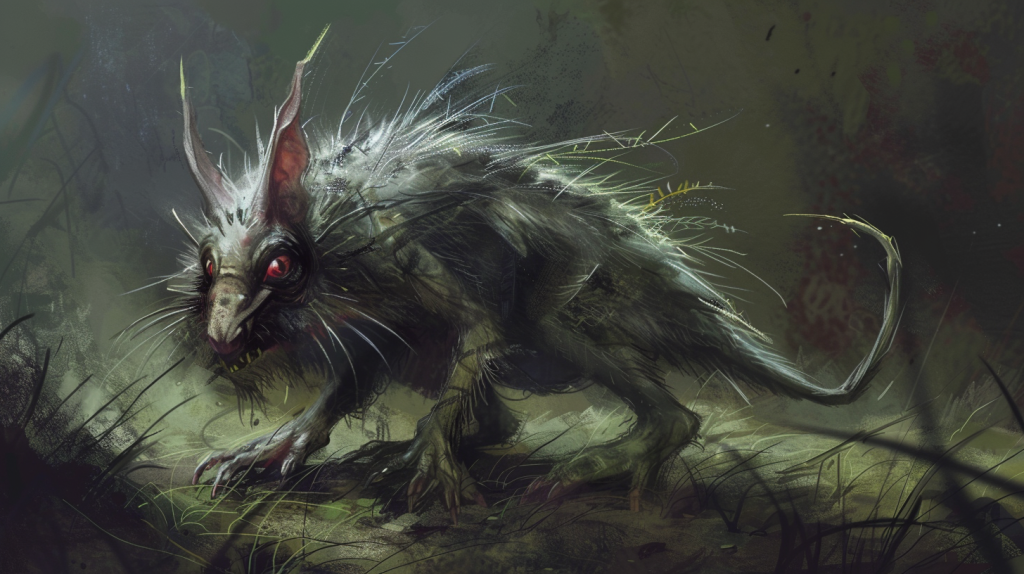
The Chupacabra, or “goat-sucker,” is a bloodthirsty creature that allegedly attacks and drains the blood of livestock in Latin America. Descriptions of the Chupacabra range from a reptilian creature with spines on its back to a hairless, dog-like animal with fangs. Some experts believe that sightings of the Chupacabra can be attributed to coyotes with severe mange or other known animals.
4. Yeti (Himalayas)
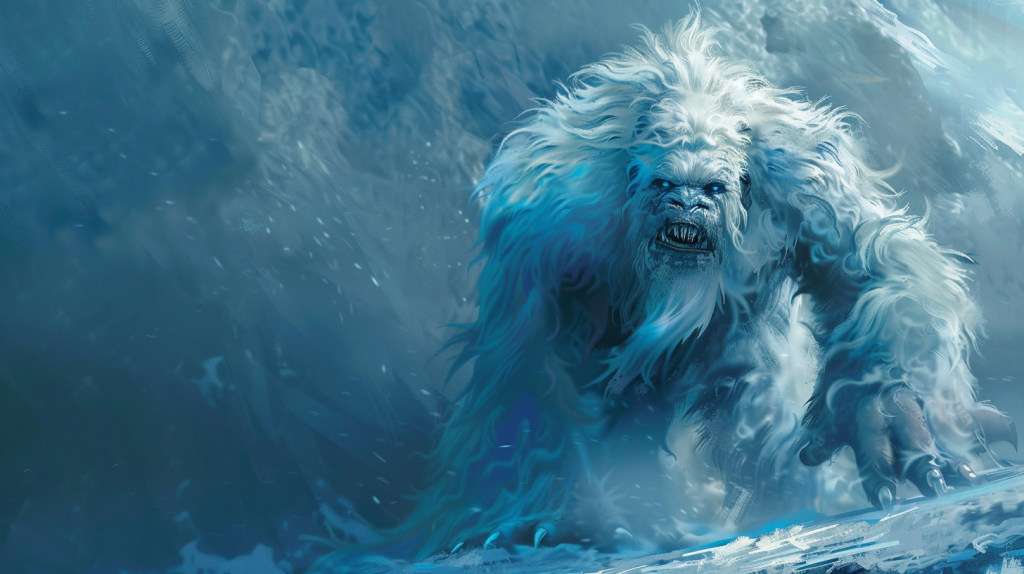
The Yeti, or Abominable Snowman, is a mysterious, ape-like creature said to inhabit the high altitudes of the Himalayan mountains. Eyewitnesses describe the Yeti as a large, bipedal creature covered in white or reddish-brown hair. Some cryptozoologists speculate that the Yeti could be a surviving population of Gigantopithecus, an extinct genus of great ape.
5. Mothman (United States)

Mothman is a winged, humanoid creature reportedly seen in Point Pleasant, West Virginia, during the 1960s. Witnesses describe Mothman as having glowing red eyes, a wingspan of 10-15 feet, and a dark, muscular body. Some believe that Mothman sightings are connected to the collapse of the Silver Bridge in 1967, which claimed 46 lives.
6. Mokele-mbembe (Congo Basin)
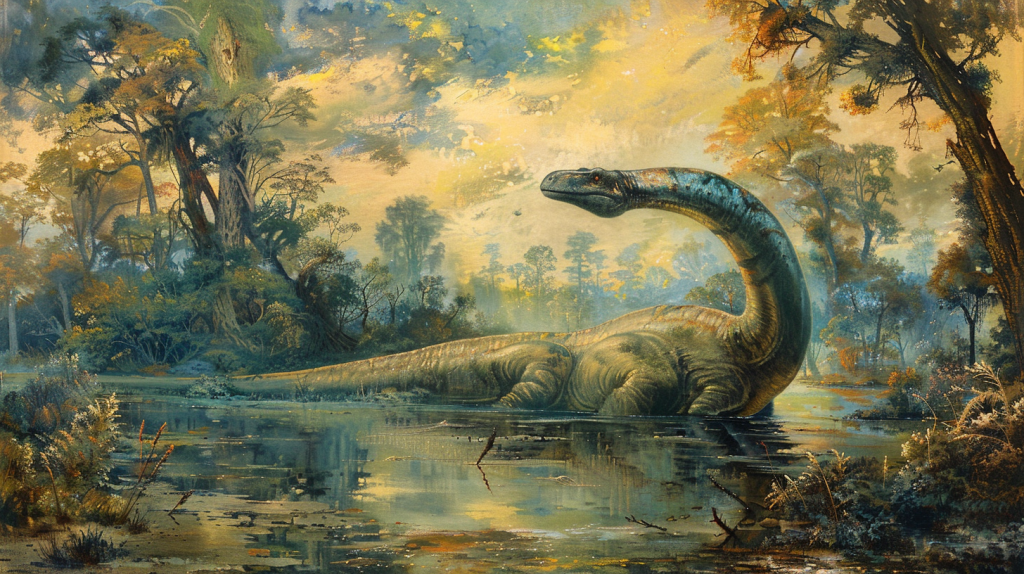
Mokele-mbembe is a dinosaur-like creature believed to inhabit the remote swamps and rivers of the Congo Basin in Central Africa. Descriptions of the creature resemble a sauropod dinosaur, with a long neck, small head, and a large, bulky body. Eyewitness accounts from local tribes suggest that Mokele-mbembe is a herbivore and may be territorial.
7. Thylacine (Australia)
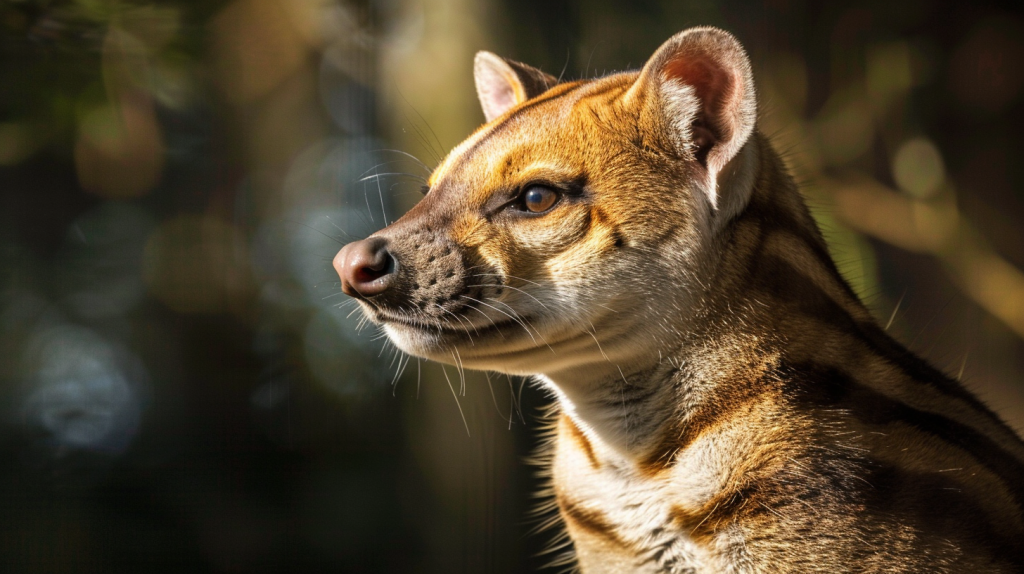
The Thylacine, or Tasmanian Tiger, is a carnivorous marsupial that was declared extinct in 1936. However, alleged sightings of the Thylacine persist in remote areas of Australia and New Guinea. The Thylacine is described as having a dog-like body with tiger-like stripes on its back, a long, stiff tail, and a pouch for its young.
8. Kraken (Worldwide)

The Kraken is a giant, tentacled sea monster of legend, said to dwell in the depths of the world’s oceans. Descriptions of the Kraken range from a massive octopus or squid to a crab-like creature capable of dragging ships to their doom. While the Kraken is often considered a mythical beast, some researchers believe that giant squid sightings may have inspired the legend.
9. Orang Pendek (Indonesia)
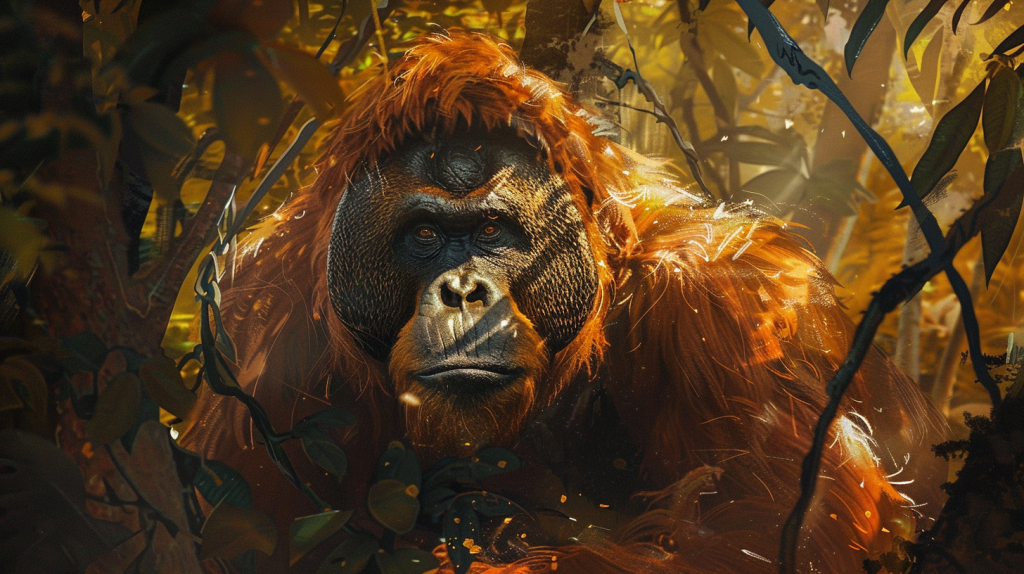
Orang Pendek, meaning “short person” in Indonesian, is a small, bipedal primate believed to inhabit the forests of Sumatra. Eyewitnesses describe the creature as standing 3-5 feet tall, with a stocky build, short arms, and reddish-brown hair. Some cryptozoologists speculate that Orang Pendek could be a surviving species of Homo floresiensis, a diminutive hominin discovered in Indonesia in 2003.
10. Tsuchinoko (Japan)

Tsuchinoko is a legendary snake-like creature from Japanese folklore, said to inhabit the remote mountains of Japan. Descriptions of Tsuchinoko vary, but most mention a thick, stubby body, a wide head, and venomous fangs. Some tales claim that Tsuchinoko can speak and has a taste for alcohol, while others suggest that the creature brings good luck to those who encounter it.
11. Mongolian Death Worm (Mongolia)
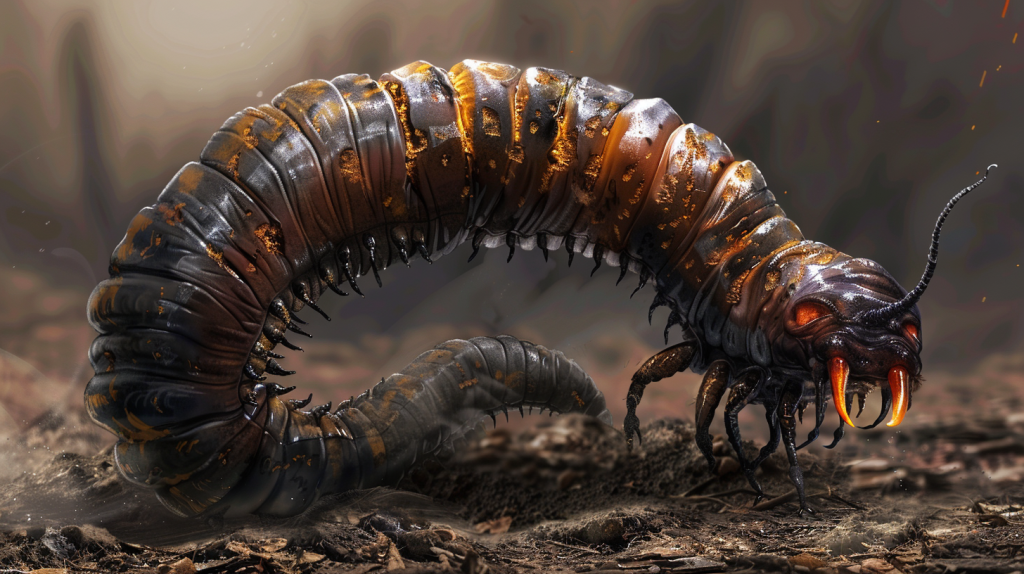
The Mongolian Death Worm, or Olgoi-Khorkhoi, is a fearsome creature said to lurk beneath the sands of the Gobi Desert. Eyewitnesses describe the worm as being 2-5 feet long, with a thick, red body and a venomous bite capable of killing humans and animals instantly. Some cryptozoologists believe that the Mongolian Death Worm may be a type of sand boa or a still-unknown species of venomous snake.
12. Kongamato (Zambia)

Kongamato, meaning “breaker of boats” in the local Kaonde language, is a flying creature reported in the swamps of Zambia. Witnesses describe Kongamato as having a wingspan of 4-7 feet, a long, toothy beak, and reddish skin lacking feathers. Some researchers believe that Kongamato sightings could be attributed to a large species of bat or a surviving pterosaur.
13. Bunyip (Australia)

The Bunyip is a water-dwelling creature from Australian Aboriginal folklore, said to inhabit swamps, billabongs, and rivers. Descriptions of the Bunyip vary, but most include a horse-like head, flippers, and a long, serpentine tail. Some Aboriginal tribes regard the Bunyip as a spiritual being, while others believe it to be a physical creature that poses a threat to those who venture too close to its aquatic habitat.
14. Champ (United States)

Champ is a lake monster believed to reside in Lake Champlain, which borders New York, Vermont, and Quebec. Eyewitnesses describe Champ as having a long, serpentine body, a horse-like head, and dark, scaly skin. Some researchers speculate that Champ could be a surviving plesiosaur or a large, unknown species of fish, such as a sturgeon.
15. Mapinguari (Brazil)

Mapinguari is a giant, sloth-like creature from Brazilian folklore, said to roam the Amazon rainforest. Descriptions of the Mapinguari mention a large, bulky body covered in matted, reddish hair, long claws, and a second mouth on its belly. Some cryptozoologists believe that the Mapinguari could be a surviving species of giant ground sloth, such as Megatherium, which went extinct around 10,000 years ago.
Katy Willis is a writer, master herbalist, master gardener, and certified canine nutritionist who has been writing since 2002. She’s finds joy in learning new and interesting things, and finds history, science, and nature endlessly fascinating.
